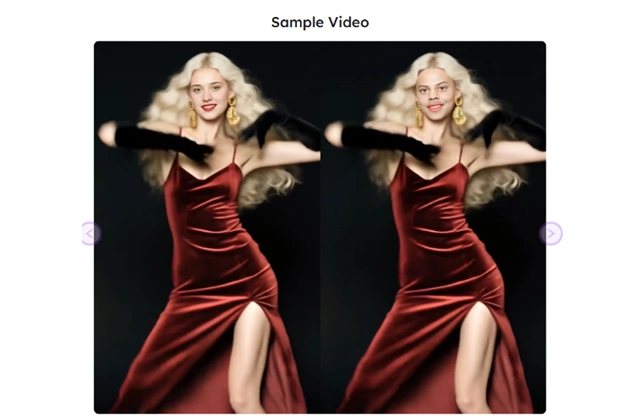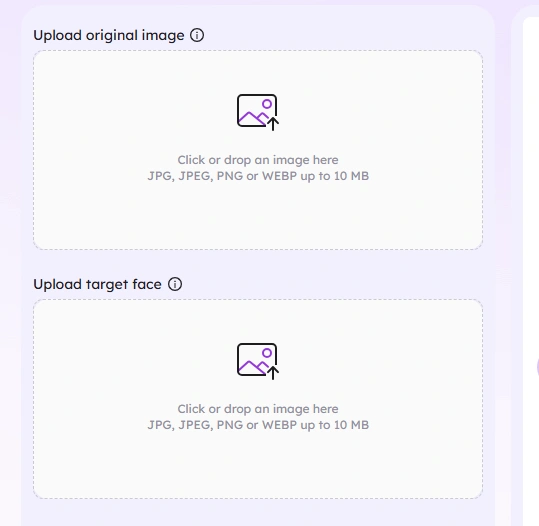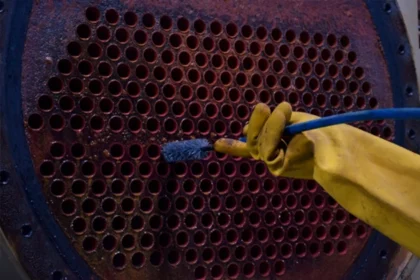From amusing social media filters to groundbreaking special effects in blockbuster films, AI face swap technology has evolved from a digital curiosity into a powerful and ubiquitous tool. In 2024 alone, face swap applications saw over 250 million global downloads, a testament to their exploding popularity. But beyond the memes and filters lies a complex technology that is reshaping entertainment, marketing, and even personal privacy. This technology, a branch of “synthetic media,” is built on sophisticated artificial intelligence, offering a spectrum of creative and practical uses while simultaneously presenting significant ethical challenges.
The “What” and “Why”
At its core, an AI face swap is a method that uses deep learning algorithms to analyze the facial features of one person (the target) and realistically superimpose them onto the face of another person in an image (the source). This goes far beyond simple “cut and paste” methods, as the AI maps the target’s face to the source’s expressions, lighting, and head movements.
How AI Makes it Real
The magic behind seamless face swapping relies primarily on two types of deep learning models:
- Generative Adversarial Networks (GANs): This is the technology most commonly associated with “deepfakes.” A GAN operates as a duel between two neural networks:
- The Generator: This network’s job is to create the fake. It attempts to place the target face onto the source image, trying to make it look as real as possible.
- The Discriminator: This network acts as the critic. Its job is to look at the Generator’s work and decide if it’s “real” (the original footage) or “fake” (the swap).
- This process repeats millions of times. The Generator gets better at making fakes, and the Discriminator gets better at spotting them. The end result of this adversarial training is a Generator that can produce incredibly realistic and convincing face swaps.
- Autoencoders: This method involves two components: an Encoder and a Decoder. The AI is trained on thousands of images of both the source and target faces.
- The Encoder learns to compress images of a face into its core underlying features (e.g., facial structure, expression) in a low-dimensional latent space.
- The Decoder learns to reconstruct the full-resolution face from this compressed data.
- To perform a swap, the source image is fed into the source’s trained Encoder. However, this compressed data is then fed into the target’s trained Decoder. The result is the target’s face being reconstructed with the expressions, pose, and lighting of the source.
The quality and realism of the swap depend heavily on the quality of the training data. High-resolution images, varied lighting conditions, and a wide range of expressions are all crucial for a seamless final product.
Ethical and Beneficial Utility
Like any powerful tool, AI face swap technology has a wide array of applications, ranging from harmless entertainment to ethically complex scenarios.
- Entertainment and Creative Media: This is the most visible use case.
- Film & VFX: Studios use this technology for de-aging actors (as seen in The Irishman) or for completing a deceased actor’s performance.
- Content Creation: Social media influencers and artists use it to create viral images, memes, and digital art, democratizing visual effects that were once exclusive to high-budget studios.
- Practical and Professional Applications:
- Training & Simulation: Medical schools can create realistic simulations for surgical training, or professionals can practice high-stakes public speaking with dynamic, AI-generated audiences.
- Personalized Marketing: Brands can create ad campaigns where a customer sees their own face on a model, creating a “virtual try-on” experience for fashion or glasses.
- Privacy & Anonymization: Journalists and whistleblowers can use face swap technology to mask the identity of a sensitive source, allowing them to tell their story visually without fear of reprisal.
- Ethical Considerations and Misuse (The Deepfake Dilemma): The power of this technology necessitates a discussion of its dangers. Maliciously created “deepfakes” can be used to create non-consensual pornography, generate political misinformation or commit fraud. This erosion of “digital trust” is a primary concern. As a result, the concepts of consent and responsible disclosure are paramount for any ethical use of this technology.
A Hands-On Example: How to Use AI Face Swap in EaseMate AI?
The barrier to entry for this technology has collapsed. What once required a powerful computer and coding knowledge is now available through user-friendly web and mobile apps. Let’s look at the typical workflow using a representative platform, which we’ll call EaseMate AI.
This tool, like many others, focuses on accessibility and speed, allowing users to create swaps in minutes.
Step-by-Step Workflow:
- Input Acquisition (Upload): The user first uploads their source image. This is the clip they want to alter. Next, they upload the target face—a clear, high-quality photo of the face they want to swap in (e.g., a celebrity or a friend).
- Processing & Customization: The user selects the face to be replaced in the source image and the face to be used from the target image. The AI engine takes over.
- Output and Sharing: After a few moments, EaseMate presents the final swapped image. The user can then download the file directly to their device or share it on social media platforms.
Conclusion
AI face swap technology is no longer a futuristic concept; it is a powerful and present-day reality. From its complex foundations in Generative Adversarial Networks to its simple application in one-click apps, it has proven to be a tool of immense range.
The days of glitchy swaps are numbered. Soon, we will see hyper-realistic digital avatars generated by advanced AI character generators, real-time language-dubbing that syncs lips perfectly, and a complete “democratization of VFX” that will empower individual creators to produce content indistinguishable from high-budget productions.











